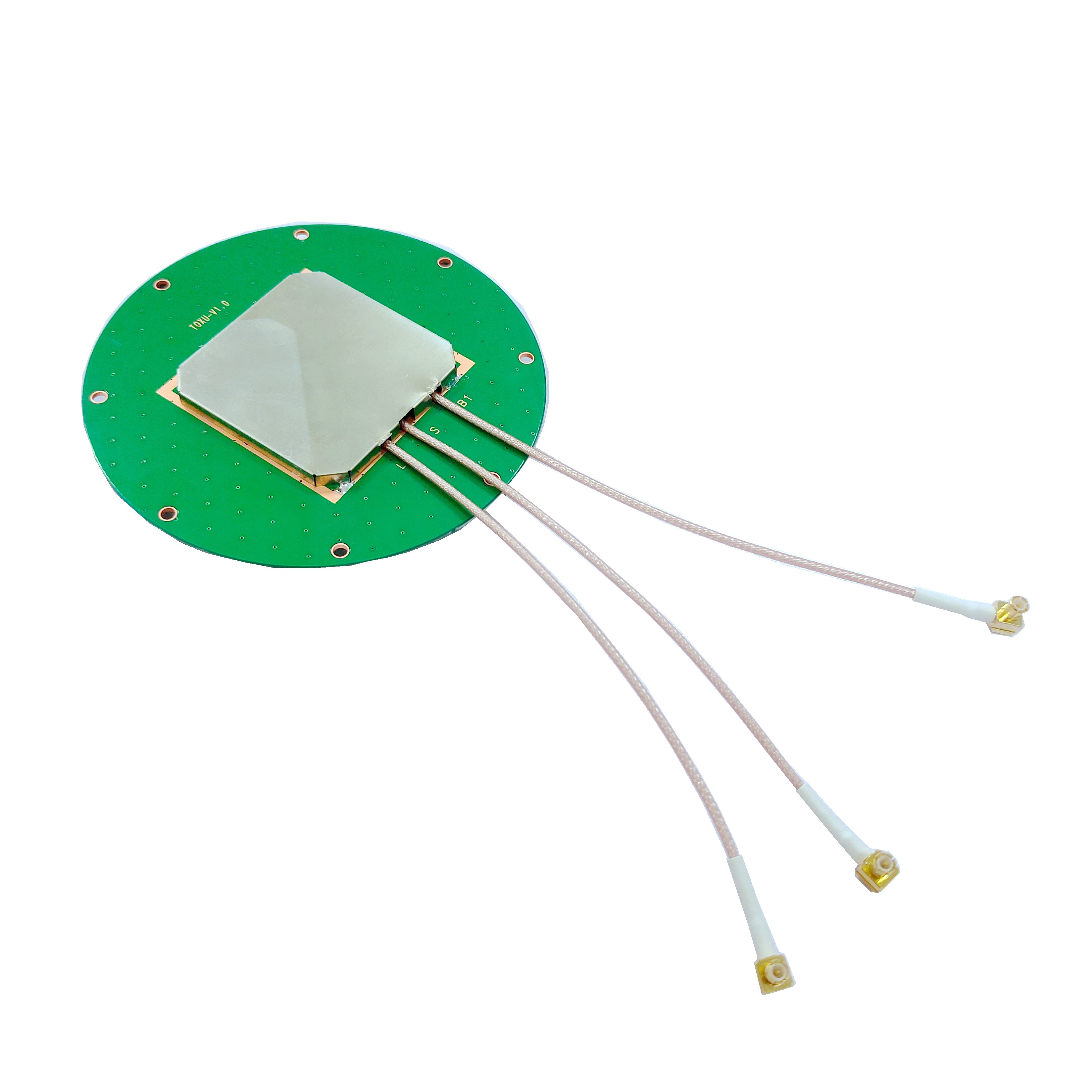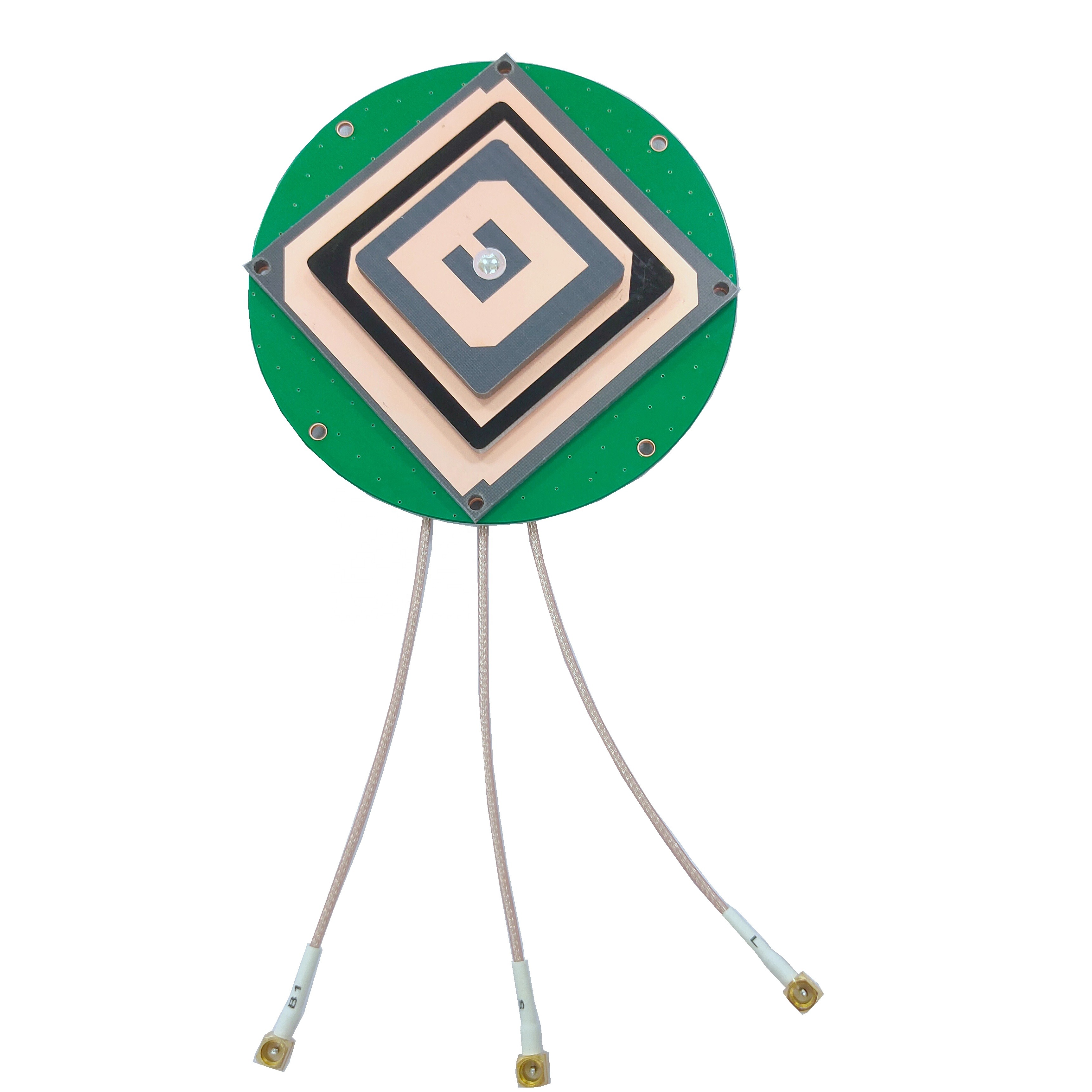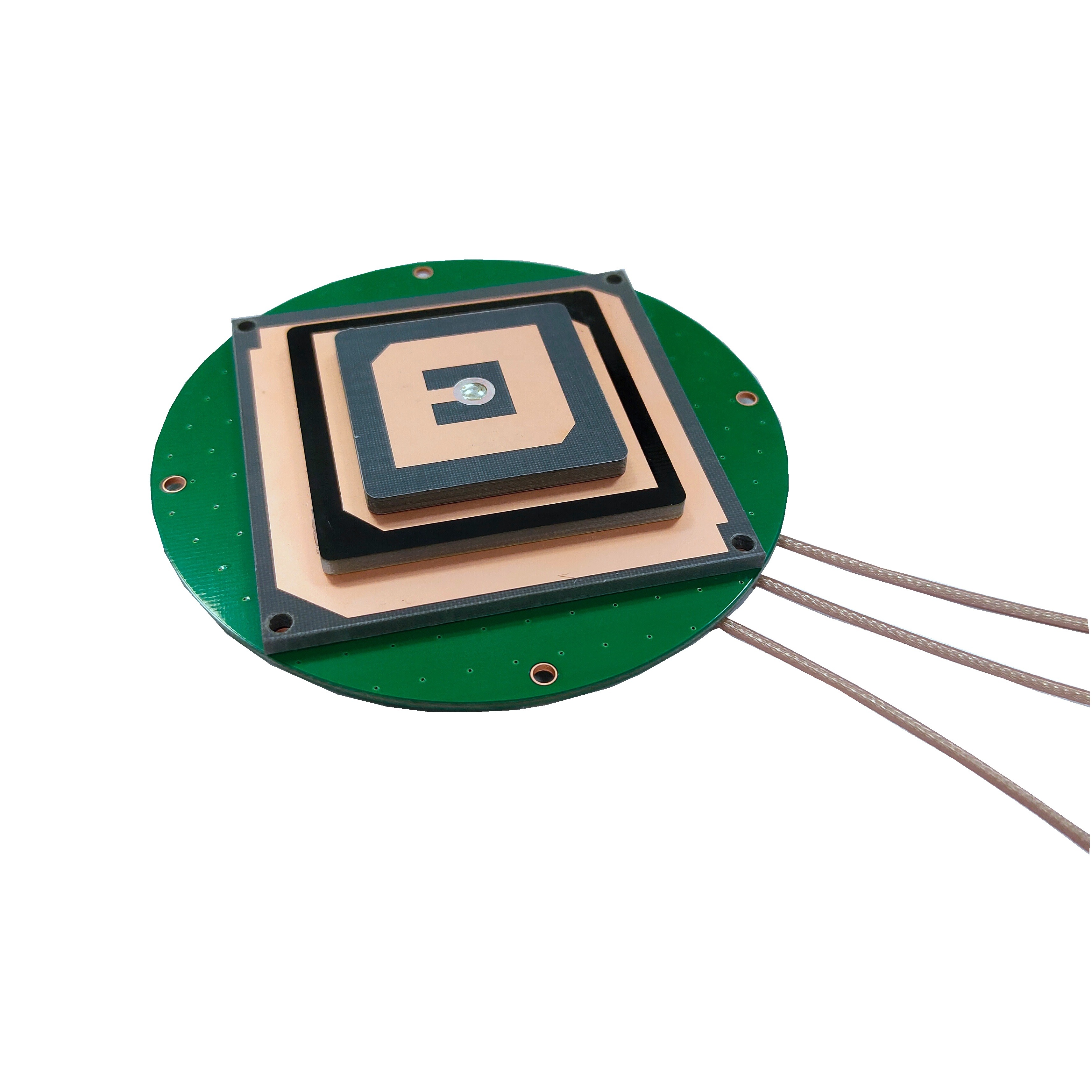Applications
Surveying GNSS antennas are used in a wide range of applications across various industries, leveraging their precision and reliability:
Cadastral Surveying: Cadastral surveys define property boundaries, land ownership, and legal descriptions of land parcels. Surveying GNSS antennas provide the high accuracy needed to establish these boundaries, ensuring that they are legally defensible and free from disputes. In many countries, cadastral surveys using GNSS technology have replaced traditional methods, reducing time and costs while improving accuracy.
Construction and Infrastructure: In construction, surveying GNSS antennas are used for staking out foundations, roads, bridges, and other structures. They ensure that infrastructure is built according to design specifications, minimizing errors and rework. During construction, antennas are also used to monitor the alignment and elevation of structures, ensuring that they meet safety standards. For example, in road construction, GNSS - equipped graders use surveying antennas to maintain precise slopes and elevations, improving the quality of the finished road.
Topographic Mapping: Topographic maps depict the natural and man - made features of a landscape, including elevation, vegetation, and buildings. Surveying GNSS antennas enable efficient data collection for these maps, allowing surveyors to quickly capture the coordinates of thousands of points. This data is then used to create 3D models and maps, which are essential for urban planning, environmental management, and disaster response.
Deformation Monitoring: Structures such as dams, bridges, and skyscrapers can shift over time due to factors like tectonic activity, soil settlement, or environmental stress. Surveying GNSS antennas are used to monitor these deformations with millimetric precision, providing early warning of potential failures. By collecting regular measurements, engineers can assess the structural health of a facility and take corrective action if necessary.
Agriculture and Precision Farming: In agriculture, surveying GNSS antennas are used to create precise field maps, guide farm equipment, and monitor crop health. By mapping soil properties and crop yields, farmers can apply fertilizers and pesticides more efficiently, reducing costs and environmental impact. GNSS - guided tractors and harvesters use surveying antennas to follow precise paths, ensuring uniform planting and harvesting.
Disaster Response and Emergency Management: After natural disasters such as earthquakes, floods, or landslides, surveying GNSS antennas are used to assess damage, map affected areas, and plan relief efforts. They can quickly provide accurate coordinates of damaged infrastructure, displaced populations, and safe zones, helping emergency responders allocate resources effectively.
Future Trends
The future of surveying GNSS antennas is shaped by advancements in satellite technology, materials science, and data processing. Key trends include:
Increased Constellation Support: As new GNSS constellations (such as India's NavIC and Japan's QZSS) expand their coverage, surveying antennas will support an even broader range of frequencies and satellites. This will further improve positioning reliability, especially in regions with historically limited GNSS coverage, such as the polar regions or remote areas.
Integration with Artificial Intelligence (AI): AI algorithms will be integrated into surveying systems to enhance antenna performance. For example, AI can predict and mitigate multipath interference by analyzing historical data and real - time signal patterns, improving accuracy in challenging environments. AI - powered calibration tools may also automate the calibration process, reducing downtime and ensuring consistent performance.
Miniaturization and Portability: Advances in materials science (such as the use of metamaterials and nanotechnology) will lead to smaller, lighter surveying antennas without sacrificing performance. These compact antennas will be easier to transport and deploy, making them ideal for drone - based surveying and backpack - mounted systems used in remote areas.
Enhanced Anti - Jamming Capabilities: With the growing threat of GNSS jamming and spoofing, future surveying antennas will incorporate advanced anti - jamming technologies. These may include adaptive beamforming (which focuses reception on legitimate satellites), frequency hopping (which avoids jammed frequencies), and encryption (which verifies the authenticity of satellite signals). These features will ensure that surveying operations can continue even in hostile electromagnetic environments.
Energy Harvesting: To extend the battery life of portable surveying equipment, future antennas may integrate energy harvesting technologies. For example, solar - powered LNAs or antennas that capture ambient RF energy could reduce reliance on external power sources, enabling longer surveying missions in remote areas.
Integration with 5G and IoT: The convergence of GNSS with 5G and the Internet of Things (IoT) will enable new surveying applications. 5G's low latency and high bandwidth will allow for real - time data transmission and processing, enabling collaborative surveying projects where multiple antennas share data simultaneously. IoT - connected antennas could also provide continuous, autonomous monitoring of structures or landscapes, sending alerts when changes are detected.
Conclusion
Surveying GNSS antennas are essential tools in modern geospatial measurement, enabling precise, efficient, and reliable positioning across a wide range of applications. Their sophisticated design—incorporating multi - frequency support, low phase center variation, and robust construction—allows them to overcome environmental challenges and deliver the accuracy required for critical projects in construction, land management, and disaster response.
While challenges such as multipath interference, signal blockage, and cost remain, ongoing advancements in technology are addressing these issues. Future trends, including increased constellation support, AI integration, and miniaturization, promise to further enhance the capabilities of surveying GNSS antennas, making them even more versatile and indispensable




































































 Language
Language
 En
En Cn
Cn Korean
Korean

 Home >
Home > 







 18665803017 (Macro)
18665803017 (Macro)













